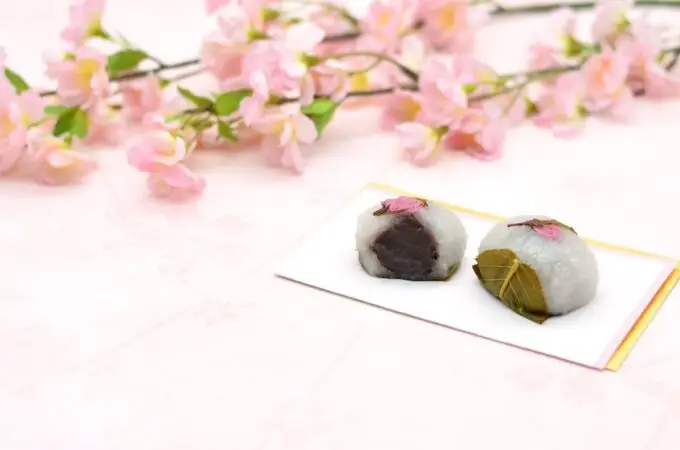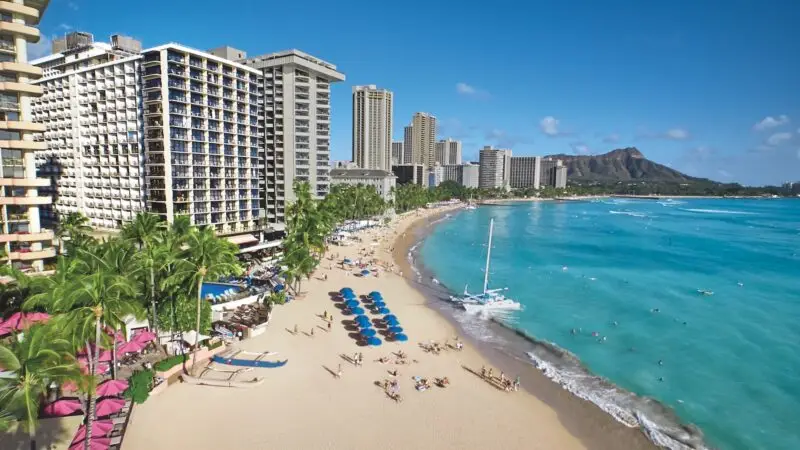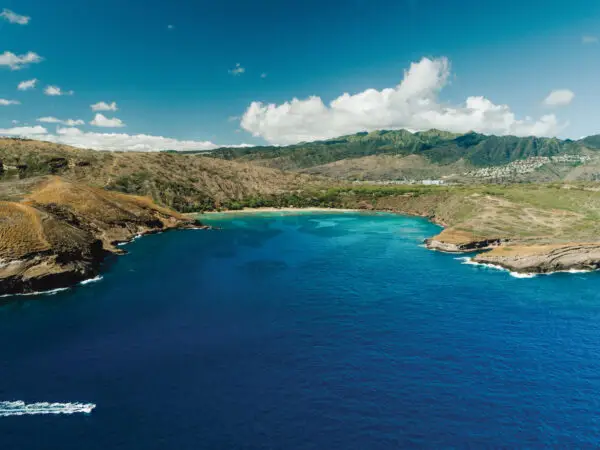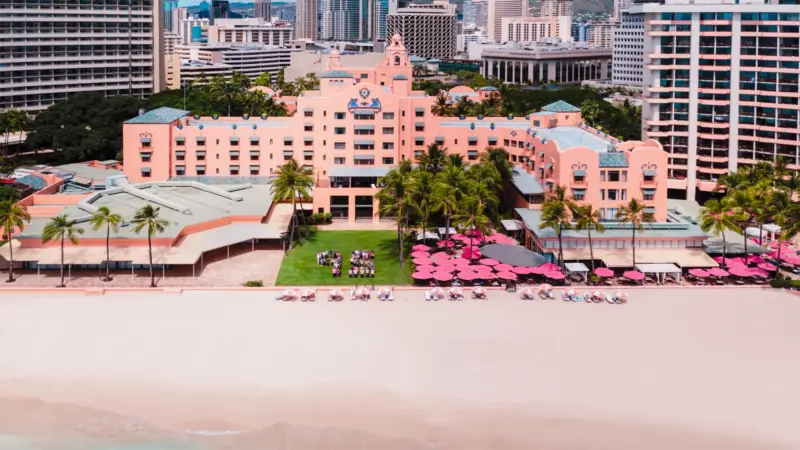Whether you’re a religious believer, a devotee of art and architecture, or a student of Hawaiian history and culture, you may find inspiration in a trinity of impressive churches in downtown Honolulu. Each offers a different window into the complicated history of Christianity in the islands and its modern incarnation.
Featured photo is courtesy of Our Lady of Peace Facebook

After the death of King Kamehameha in 1819, his widow Queen Ka‘ahumanu and son Liholiho (King Kamehameha II) ended the traditional kapu system that had forbidden men and women from eating together, among other restrictions, and they ordered the destruction of temples (heiau) and wooden tiki (ki‘i). The ruling pair then quashed an armed rebellion by Hawaiians who wanted to preserve their way of life — a victory that unintentionally eased the way for the Congregationalist missionaries who arrived in Hawai‘i a year later with new beliefs.
Although the missionaries first landed in Kailua-Kona, on Hawai‘i Island, they quickly founded a thatched-roof church in Honolulu on land given them by Queen Ka‘ahumanu, who went on to convert to Christianity in 1824. The site was named for its sacred spring where a chiefess named Ha‘o was said to have frequently bathed, Kawaiaha‘o — the freshwater pool of Ha‘o.
In the next decade, King Kamehameha III supported the building of a massive, New England-style sanctuary with some 14,000 hand-chiseled slabs of coral, each weighing 1,000 pounds. In 1843, a year after the church’s completion, and following a short-lived British claim of sovereignty over the islands, the king stood on the steps of Kawaiaha‘o Church as he proclaimed the national motto, Ua mau ke ea o ka ʻaina i ka pono (the life of the land is perpetuated in righteousness), for the first time. Bells from the tower clock that he donated in 1850 still peal today. The churchyard contains the mausoleum of the first elected Hawaiian monarch, King Lunalilo, a grandnephew of Kamehameha the Great who reigned for just a year before dying of tuberculosis in 1874.
Often called the “Westminster Abbey of the Pacific” or “the Great Stone Church,” the church continues to honor its connection with Hawaiian royalty in other ways. Patric Bauernschmidt’s portraits of 20 kings, queens and other ali‘i line the mezzanine level, while the royal pews with red upholstery flank either side of the sanctuary. Feather standards known as kahili also pay homage to the royals. Twelve times a year, the church observes Ali‘i Sundays, a tradition dating back to 1917 and an opportunity to see members of royal societies and civic clubs adorned in feather cloaks, muumuus and leis.
Regular Sunday services are at 9:30 a.m. in English and Hawaiian. Kawaiaha‘o Church will host an open house with guided tours, hula and children’s activities on May 4, 2025, following the service, approximately 10:30 a.m. to 1 p.m. A smartphone guided audio tour of the church and its grounds is available when services are not being held.
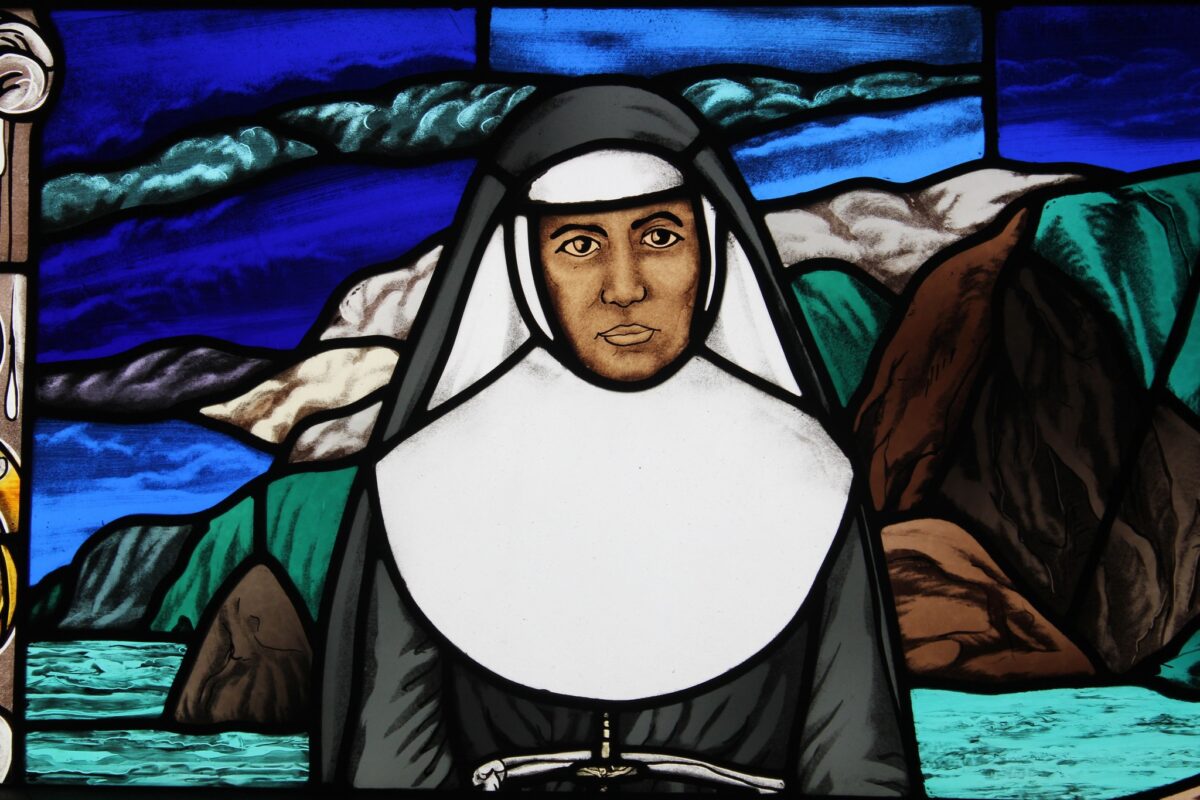
King Kamehameha III also gave land in Honolulu to the first Catholic missionaries, led by Father Alexis Bachelot of France, who built a thatched-roof church a year after their arrival in 1827. With the support of American Protestant missionaries, however, the converted Queen Ka‘ahumanu, co-ruling with Kamehameha III, ordered the expulsion of the French priests in 1831 and the arrest of many Catholic Hawaiians. Eventually the French government threatened military intervention, prompting King Kamehameha III to issue the Edict of Tolerance in 1839 in support of religious freedom. Construction of Our Lady of Peace cathedral, using coral blocks similar to Kawaiaha‘o Church, began the next year, and Our Lady of Peace opened in 1843. The Diocese of Honolulu calls it the oldest continuously operating church in the United States.
The cathedral has a special connection to two saints, St. Damien and St. Marianne Cope, who both served in the infamous “leper colony” of Kalaupapa on Moloka‘i, the remote place of exile for people with what is now known as Hansen’s disease. Damien de Veuster came from Belgium to Honolulu in 1864,and was ordained in the cathedral two months later. Father Damien served on Hawai‘i Island for nine years before spending the last 16 years of his life caring for the people of Kalaupapa, where he eventually contracted and died of Hansen’s disease in 1889. Sister Marianne Cope, who arrived in Honolulu from New York in 1883 with members of her order, opened a hospital on Maui and a home for young daughters of Hansen’s disease patients on O‘ahu before moving to Kalaupapa in 1888. Along with her fellow nuns, she tended to the exiles for 30 years until her death, none of them ever contracting the disease. After Damien’s canonization in 2009, the cathedral has received a bone fragment of his heel, for which a reliquary chapel is planned; two years after Marianne’s canonization in 2012, the cathedral received her remains from her hometown of Syracuse, N.Y.
In order to build the chapel and restore the cathedral’s iconic Aeolian-Skinner organ, tower clock and hand-painted ceiling, among other notable features, Our Lady of Peace closed for an expected 18 months on April 21, 2025. However, 3 miles away in Kalihi, St. John the Baptist Church was built in a similar style and opened in 1844, just a year after the cathedral. Catholic Church. You can also view Our Lady of Peace’s stained-glass windows in this YouTube video (St. Damien and Marianne’s start at 2:53.)

King Kamehameha IV and Queen Emma, known in the Episcopal Church as the Holy Sovereigns, can claim credit for this Gothic-style stone cathedral in downtown Honolulu. The nephew of Kamehameha III and grandson of Kamehameha the Great, Alexander Liholiho took the name Kamehameha IV upon becoming king in 1855 at age 20. As a teenager, he had traveled to England and become inspired by Anglican worship, and as a king, he also wanted to curb the power of American missionaries. He invited the Church of England to establish a church in Hawai‘i and translated the Book of Common Prayer into Hawaiian. After the death of their 4-year-old son in 1862 and Kamehameha IV’s death in 1863, Queen Emma traveled to England to raise funds and acquire building materials for the cathedral. King Kamehameha V, her brother-in-law, laid the cornerstone in 1867, with the first phase completed in 1886, after both he and Queen Emma had died.
The interior includes a chapel dedicated to the Holy Sovereigns and their son Prince Albert, and a memorial to Queen Lili‘uokalani, who after the U.S.-backed overthrow of the monarchy in 1893 had been imprisoned in ‘Iolani Palace for eight months. The Anglican bishop visited her often during that period, prompting the deposed queen to become an active member of the cathedral during her final years, when the church eventually became part of the Episcopal Church of the United States. Lili‘uokalani also dedicated one of the many English-made stained-glass windows to her late husband, John Dominis; the names of King Kalakaua, Queen Kapi‘olani, Princess Miriam Likelike and Princess Victoria Ka‘iulani—her brother, sister-in-law, sister and niece—also appear among the dedications. As at Kawaiaha‘o, large feather kahili flank the altar.

The Great West Window, a floor-to-ceiling installation created in California in the 1950s, offers some light-hearted flourishes as well as scenes from the New Testament and English and Hawaiian church history. Gaze up to the top left to spot Jesus on a surfboard (a modern way of walking on water?), then look to the bottom right for an oversized termite below an image of Sanford Dole, president of the post-overthrow Republic of Hawai‘i and first governor of the U.S. Territory of Hawai‘i. Termite damage to the original wooden roof led to the cathedral’s completion in 1958, but I like to think of it as a colonialist critique, too.
The cathedral also celebrates 10 Ali‘i Sundays with special liturgy and pageantry. The next two are Prince Albert Kamehameha’s Birthday on May 4 and Queen Lili‘uokalani’s Baptism and Reception on May 18.



